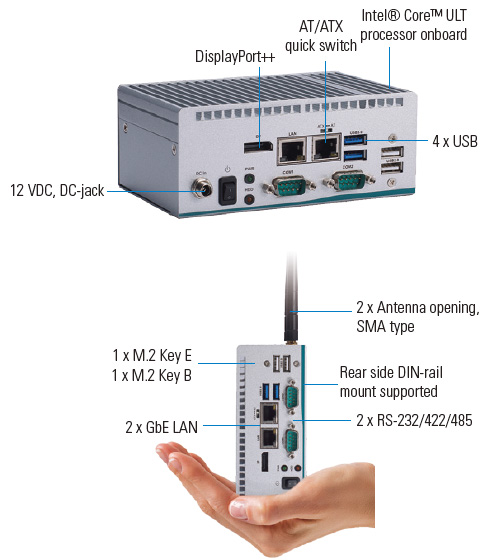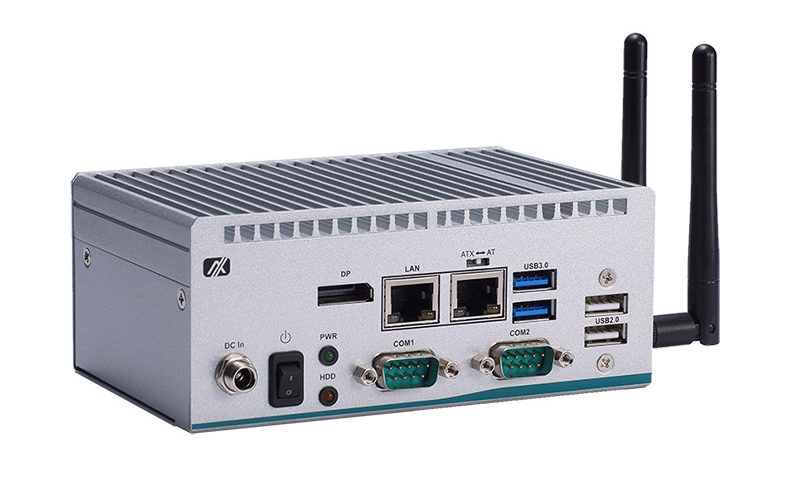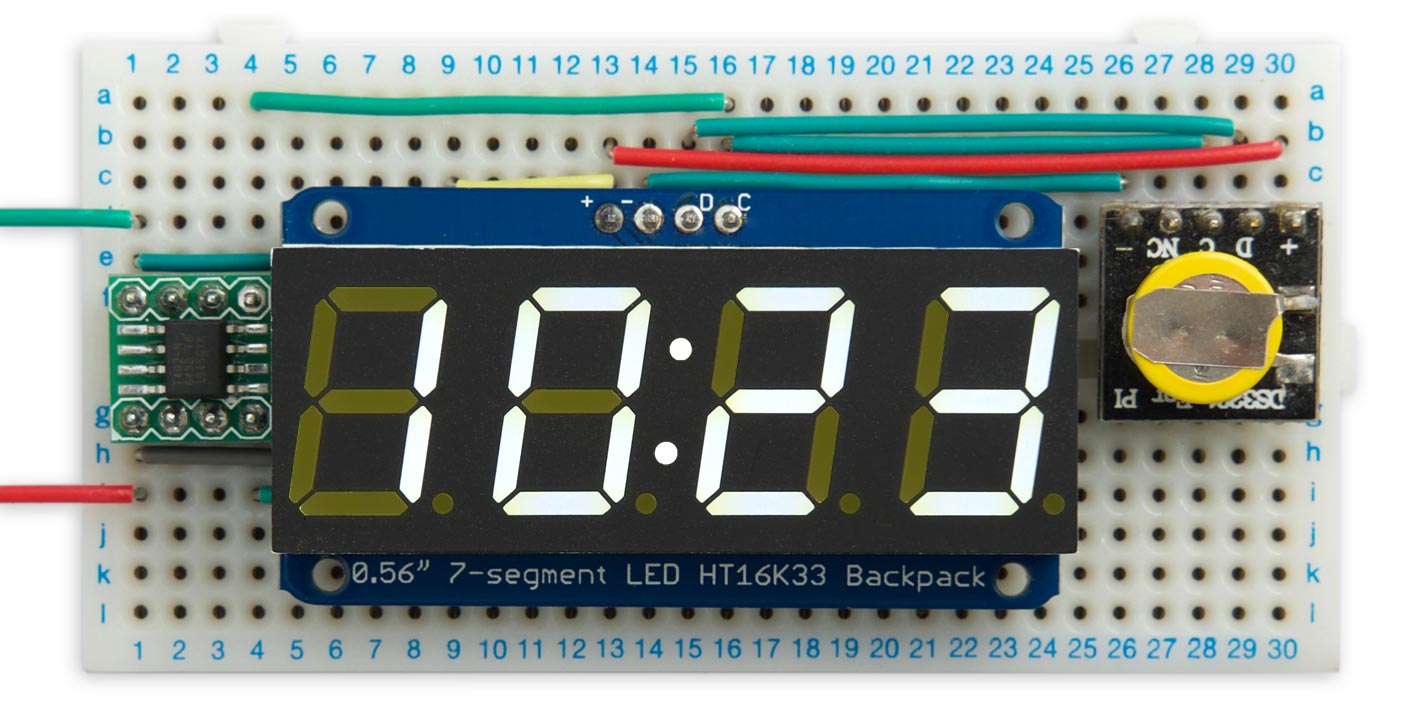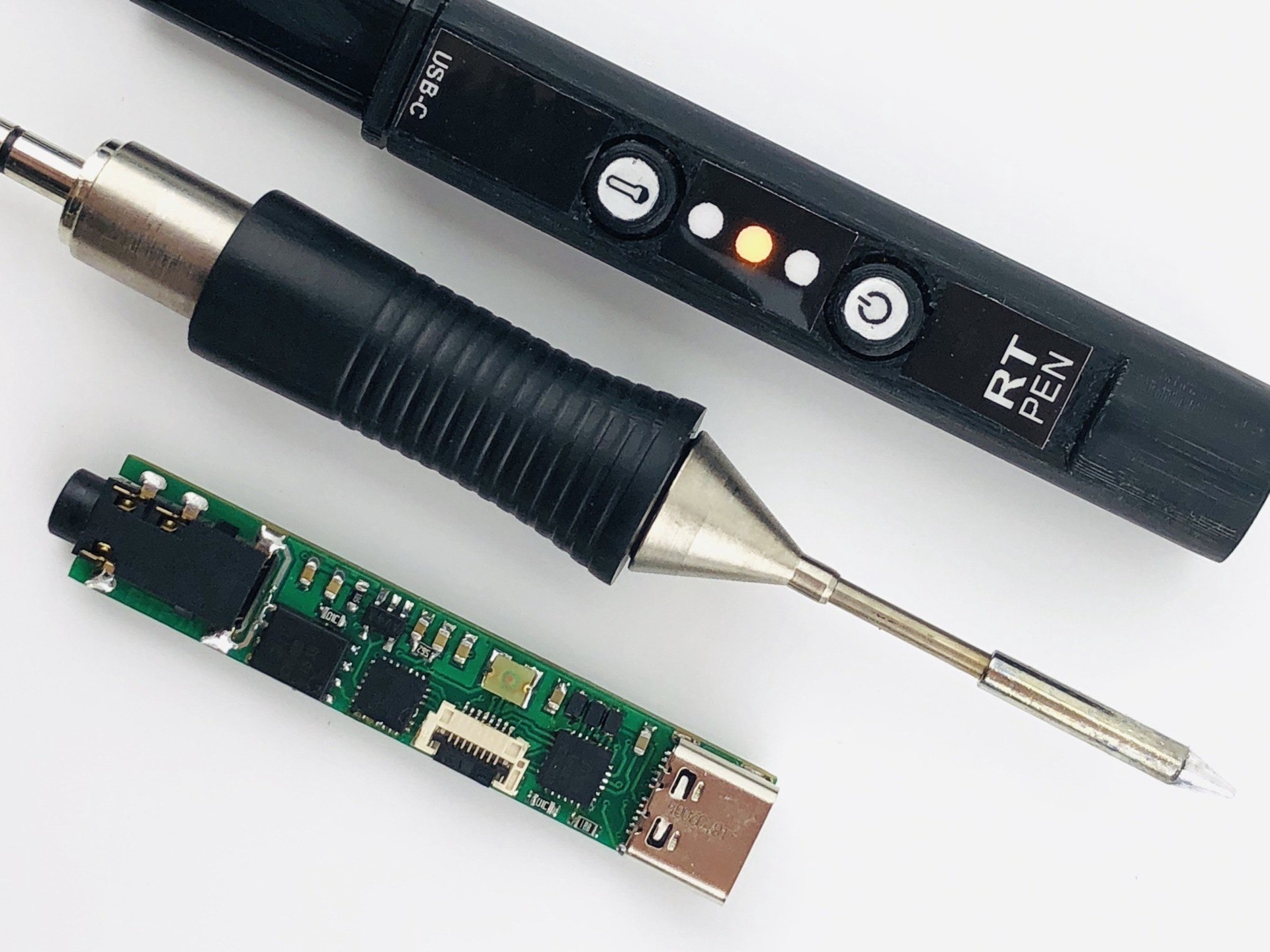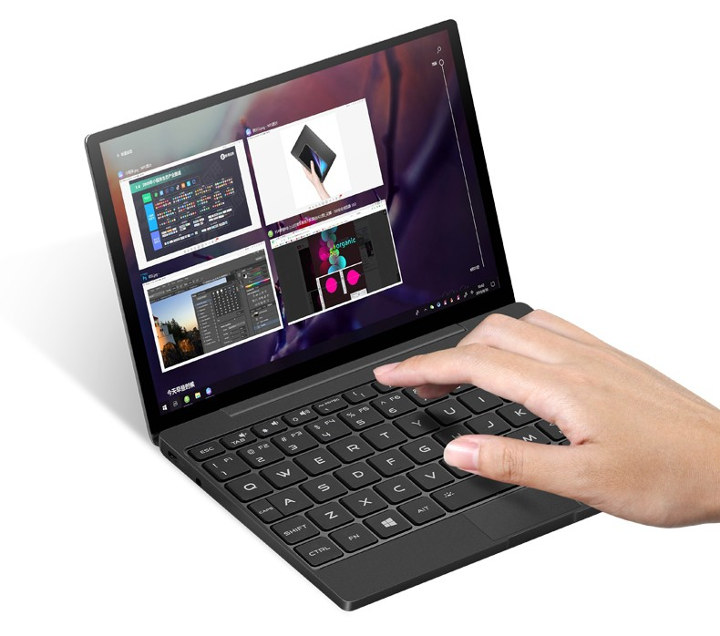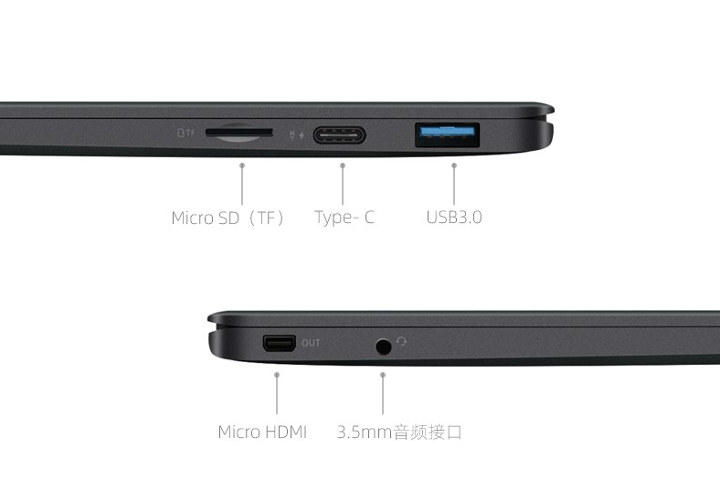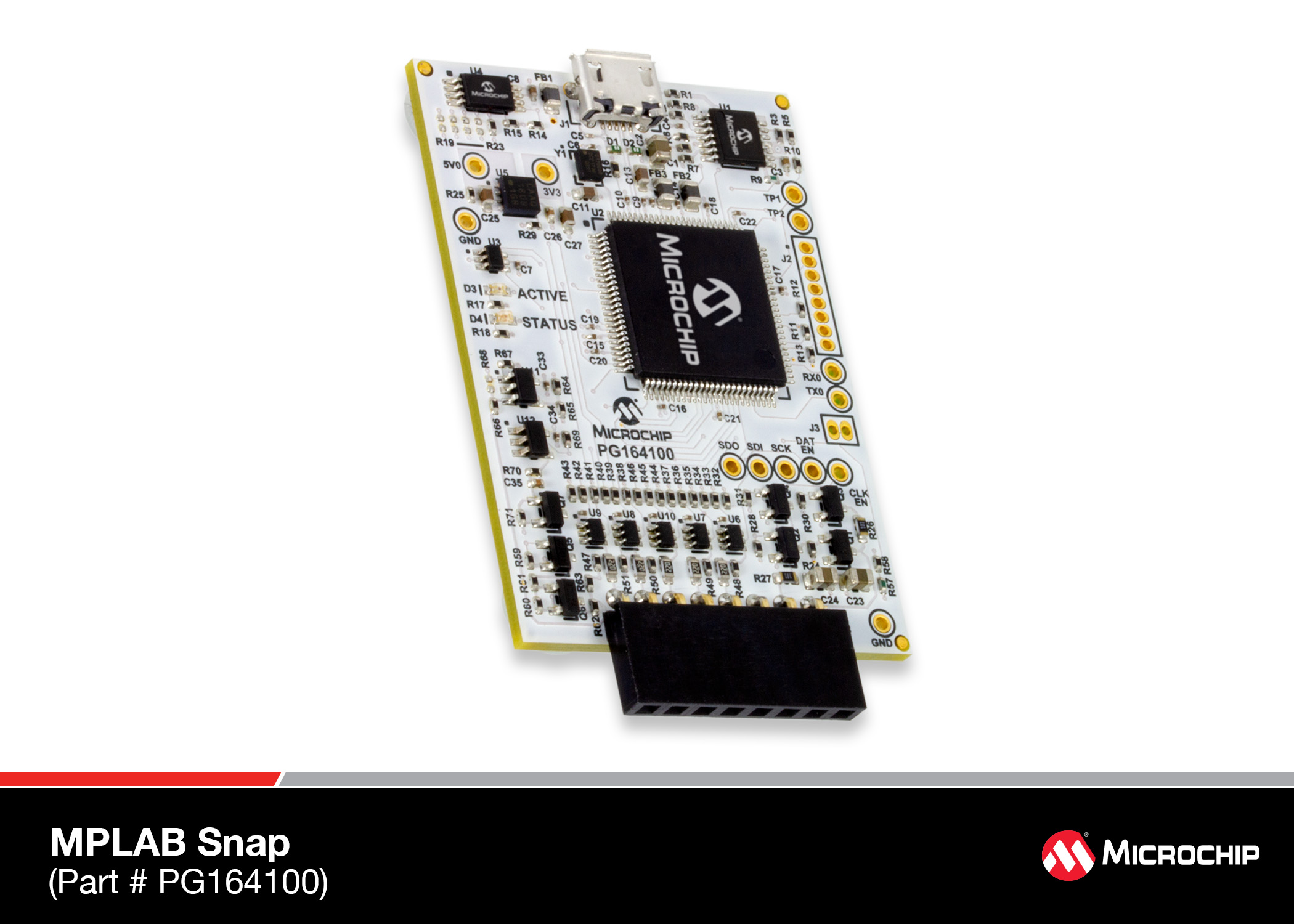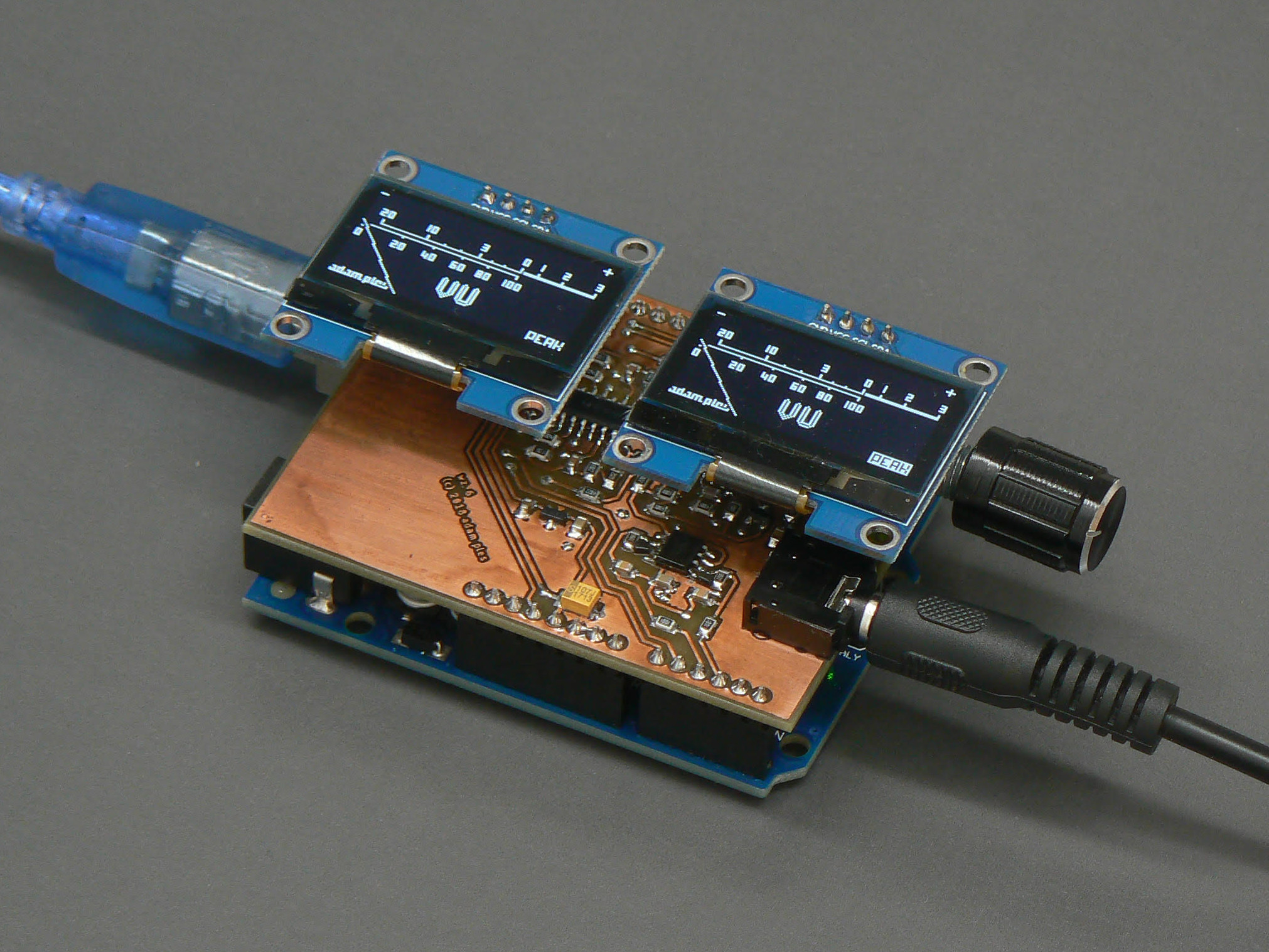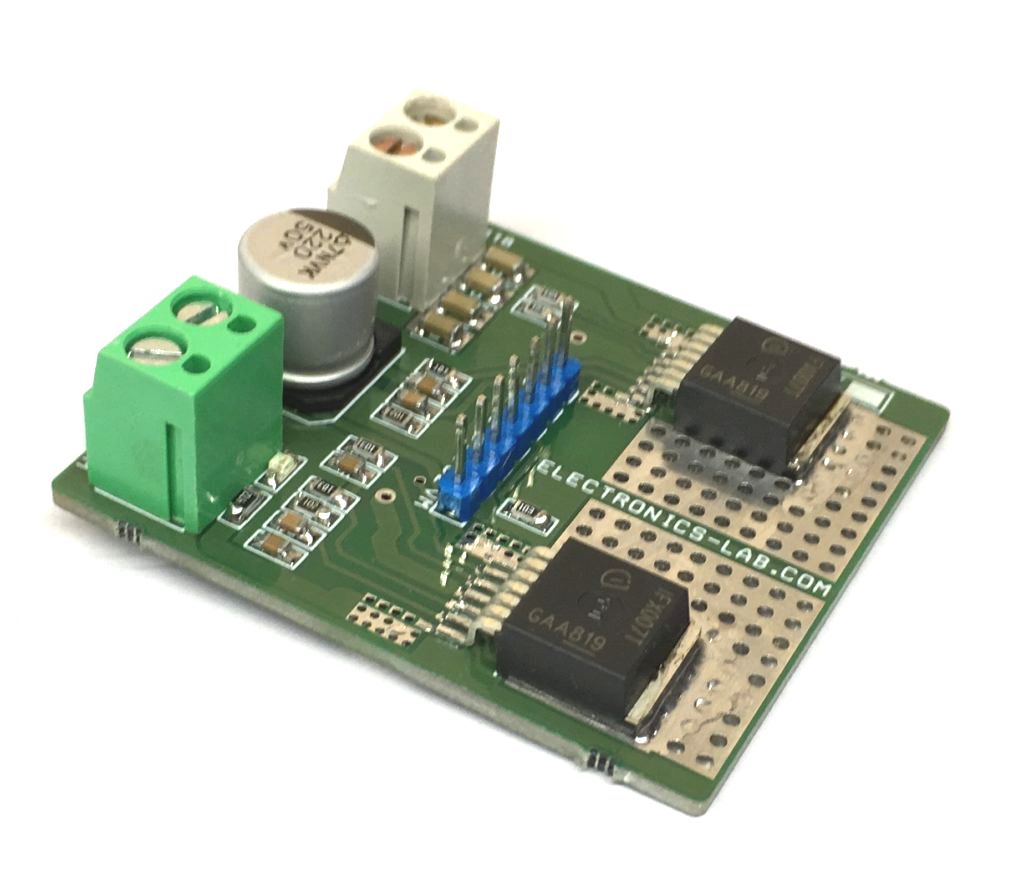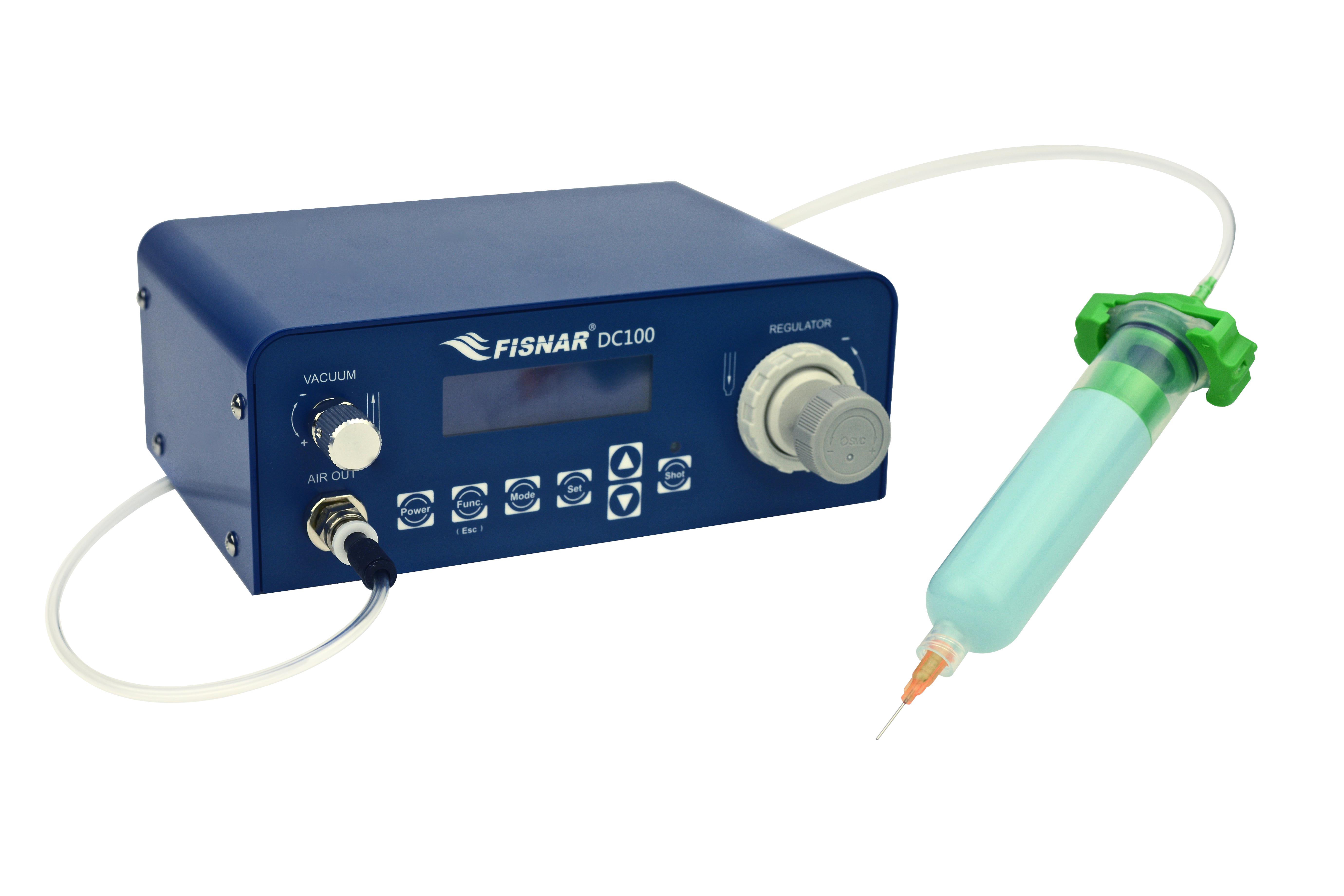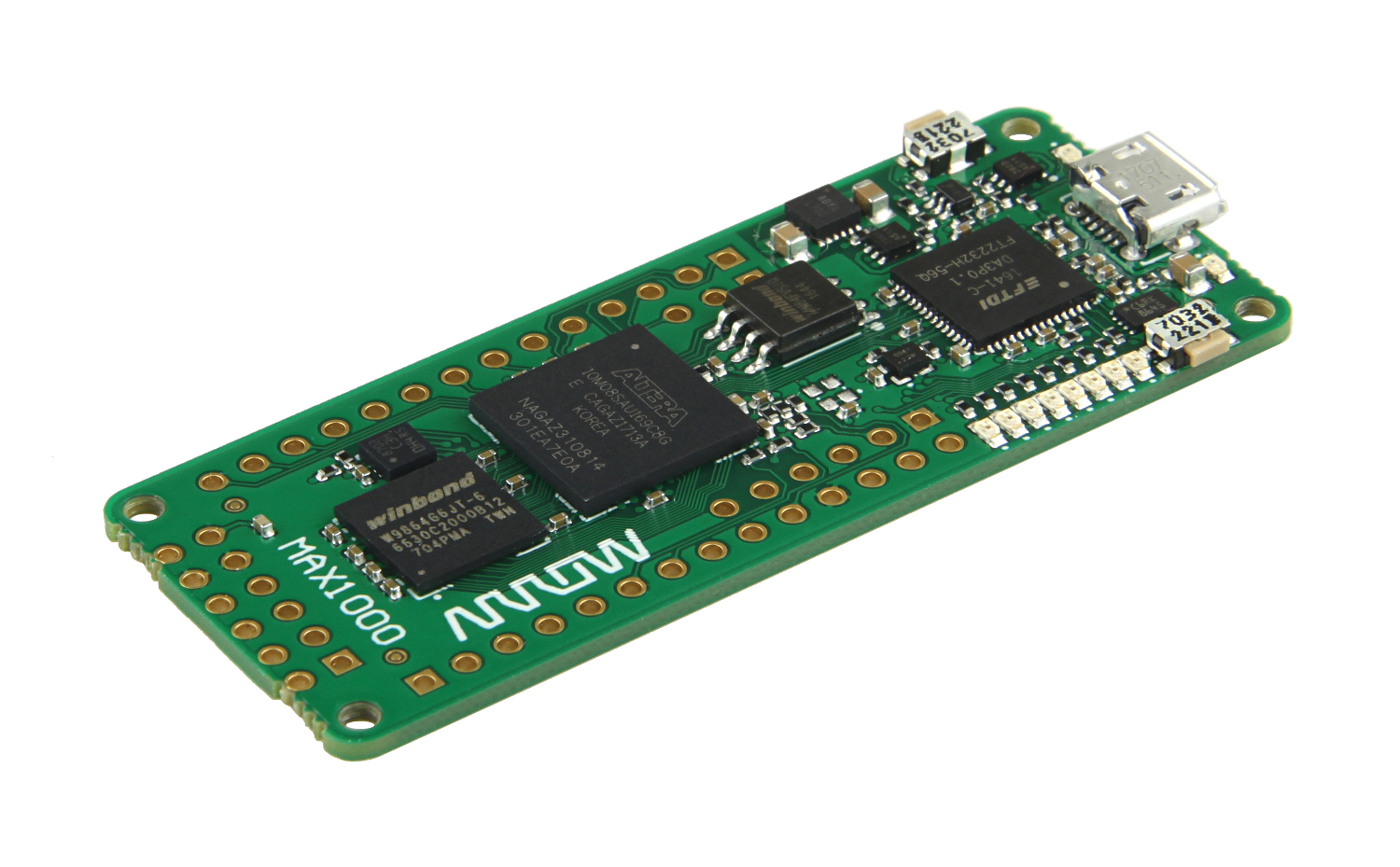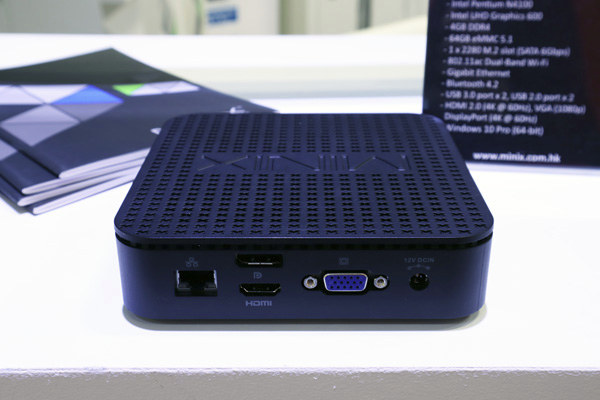Axiomtek – a world-renowned leader relentlessly devoted in the research, development and manufacture of series of innovative and reliable industrial computer products of high efficiency – is proud to unveil eBOX100-51R-FL, a fanless ultra-compact embedded system with weight 600 grams only. As the smallest embedded system with Intel® Core™ ULT processor onboard, the eBOX100-51R-FL continues the design elements of eBOX100 series – ultra-slim form factor, rugged design, and rich I/O connectivity, allowing greater flexibility and a wider range of application in edge computing, IIoT gateway and extended fields.
The eBOX100-51R-FL is powered by the high-performance Intel® Core™ i5-7300U or Intel® Celeron® 3965U processor. The front-facing I/O connectivity design provides convenient access for easy installation and maintenance. It comes with one DDR4-2133 SO-DIMM slot with system memory up to 16 GB. The eBOX100-51R-FL offers two RS-232/422/485, two USB 3.0 ports, two USB 2.0 ports, two Gigabit Ethernet ports, one DisplayPort++, one AT/ATX quick switch, and two SMA type antenna openings; moreover, the embedded system is equipped with one M.2 Key E 2230 slot for Wi-Fi, one M.2 Key B 2242 for SATA storage, and one screw-type 12VDC power input connector.
“Axiomtek’s eBOX100-51R-FL has multiple mounting options for versatile use in various environments. Not only could it be wall mounting or VESA mounting, but also supports the DIN-rail mounting for typical industrial application. The flexible mounting options satisfied user requirements and easy deployment.” said Janney Lee, a product manager of Product PM Division at Axiomtek. “Besides, the ultra-compact embedded platform is compatible with Windows® 10 IoT and Linux. With an IP40-rated heavy-duty aluminum extrusion and steel case, it has a wide operating temperature range of -10°C to 50°C and vibration endurance for up to 3G. It has passed the strict certification with CE and FCC Class A.”
Advanced Features:
- Ultra-compact size with high performance
- Intel® Core™ i5-7300U or Celeron® 3965U (codename: Kaby Lake)
- M.2 Key E 2230 for Wi-Fi
- M.2 Key B 2242 for storage
- Azure certified and AXView 3.0 supported
- Supports Intel® AMT 11
- Multiple mounting designs: Wall mount, DIN-rail and VESA mount
In tandem with helping customers to enhance the effectiveness in remote management, the outstanding eBOX100-51R-FL supports Axiomtek’s exclusive AXView 3.0 software, Intel® AMT 11 and Microsoft Azure. The reliable Intel® Core™-based embedded system provides customers an ideal solution for factory automation, industrial IoT edge computing, digital signage, kiosk, and smart retail. Axiomtek’s eBOX100-51R-FL is now available for purchase. For more product information or customization services, please visit our global website at www.axiomtek.com or contact one of our sales representatives at info@axiomtek.com.tw.


